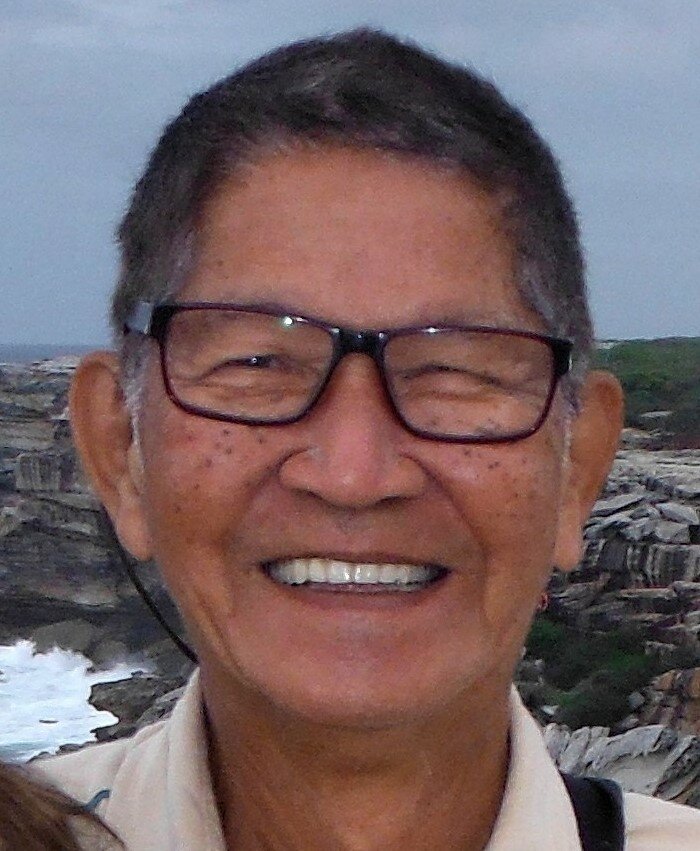The Americanization of Filipinos

Sydney, Australia
September 6, 2016

The book travels down from the period when the Americans arrived in thePhilippines. From the very early days of American administration of the country, English was adopted as the medium of instruction in schools to facilitate the indoctrination or Americanization of Filipinos.
The late historian Teodoro A. Agoncillo said that the introduction of the American type of education in thePhilippinesplaced native ideas, customs and traditions and even the national identity of the Filipinos in danger of obliteration.
Under American tutelage, the school curriculum did not have Filipino content. Filipinos were taught American songs, American ideals, the lives of American heroes and great men, but not about the heroism of Filipinos who they could emulate or from whom they could draw inspiration.
The late writer and diplomat Pura Santillan-Castrence, one of the most prolific Filipina writers in English, described the effect of the American education on her: I did not learn Philippine geography, history and literature from the Thomasite American professors. I learned, instead, American geography, the history of American independence, and romantic English and American poems.
Movies, mainly American films, became a popular form of entertainment among Filipinos; this was followed by the introduction of new kinds of music, and Filipinos quickly learned to watch and play American games popular in theUnited States. Proper health became part of Filipino daily lives and they learned the value of cleanliness, proper hygiene, and healthy practices through the construction of hospitals, clinics, and health centers in the community.
American influence on the life of the Filipinos is very strong and solid. One believed that Filipinos were apt pupils and need not be whipped into line to perform foreign tricks. They are naturally imitative and can out-American an American. And the image of the brown Americans of Asia was created and forever stamped on Filipinos.
The author is a Sydney-based Filipino historian and has written of a number of books on hisory and culture of thePhilippines. Educated in thePhilippinesandAustralia. He has worked as historian, curator, teacher, translator and cultural heritage consultant. He is a retired archivist.
